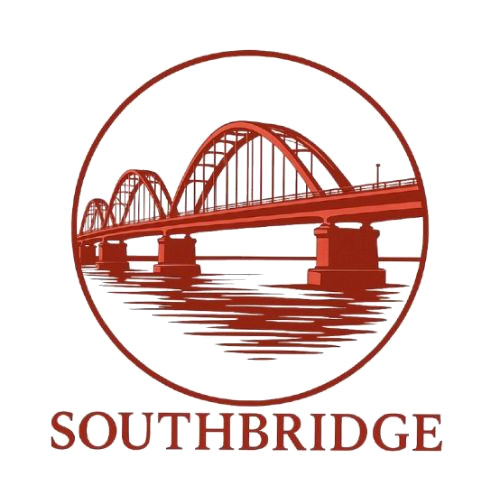Cell and Gene Therapy (CGT) has transformed the landscape of modern medicine, offering curative potential for diseases once considered untreatable. However, despite these groundbreaking innovations, access to CGT remains limited—particularly in emerging markets across Asia, the Middle East, Latin America, and Africa. Bridging this gap requires a pragmatic balance of science, affordability, and execution.
At SouthBridge Advisory, we believe accelerating CGT access in emerging markets depends on breaking down three key barriers: cost, infrastructure, and awareness.
1. The Cost Barrier – Building Sustainable Pricing Models
CGT treatments are among the most expensive therapies in the world, often costing hundreds of thousands of dollars per patient. For low- and middle-income countries (LMICs), this poses an almost insurmountable barrier.
To address this, companies must design innovative pricing and reimbursement models that align with local payer capabilities. Value-based pricing, outcome-based payments, and tiered models adapted to national healthcare budgets can expand affordability without compromising sustainability.
At SouthBridge, we have seen how tailored pricing frameworks can increase patient access by more than 30% in LMICs, while still delivering commercial success.
2. The Infrastructure Barrier – Strengthening Hospital & Clinical Ecosystems
Unlike small-molecule drugs or even biologics, CGT requires specialized hospital infrastructure, treatment centers, and physician training. Establishing certified treatment sites and building cross-functional readiness across supply chain, regulatory, and clinical functions is critical.
Our experience with CAR-T launch readiness in India demonstrated the importance of activating hospital networks early and investing in capacity-building. By partnering with leading hospitals and equipping them with the right processes, we ensured smooth site activation and sustainable treatment delivery.
3. The Awareness Barrier – Driving Physician & Patient Engagement
Even when therapies are available, lack of physician awareness and patient education often delays adoption. Building strong clinical advocacy through Key Opinion Leader (KOL) engagement, medical education programs, and patient support initiatives ensures that therapies are not only approved but actively used.
For patients, support programs (PSPs) that integrate financial assistance, education, and outcomes tracking help reduce drop-off rates and improve long-term success.
The Path Forward
Accelerating CGT access in emerging markets is not about replicating Western models—it requires localized strategies that consider affordability, infrastructure, and adoption dynamics.
At SouthBridge Advisory, we combine 25+ years of global commercialization experience with deep expertise in emerging markets. From designing go-to-market strategies to activating hospitals and building patient support frameworks, we help biopharma companies turn scientific innovation into real-world patient impact.
Conclusion
Cell and Gene Therapy is at the frontier of medicine, but for it to truly change lives, it must be accessible beyond developed markets. By addressing cost, infrastructure, and awareness challenges with execution-driven strategies, we can break barriers and deliver advanced therapies to patients who need them most.
📌 Call to Action
Looking to expand your cell or gene therapy into emerging markets? Partner with SouthBridge Advisory to build sustainable, patient-centric access strategies.



